Lily of the Valley
This is a plant with a scent much beloved in previous generations but it could be mistaken for wild garlic and is potentially deadly. It lives in the same habitat, woodland, and comes up at the same time as wild garlic so it is an important dangerous ‘lookalike’. The toxins are cardiac glycosides similar to those found in foxgloves and cane toads, causing nausea, vomiting, blurry vision, and disruption to the heartbeat that can be fatal.
It is important to foragers as it could be mistaken for wild garlic before it flowers, it being in the same places with similar leaves, but at a slightly later in the season. However it does not have the characteristic smell of wild garlic
Some of its common names reference Mary mother of Jesus, whose tears as she watched Jesus being crucified turned into lily of the valley when they touched the ground.
| Hedgerow Type | |
| Common Names | Lily of the Valley, May bells, Mary's tears, Our Ladies tears |
| Scientific Name | Convallaria majalis |
| Season Start | Apr |
| Season End | Jul |
Leaves
Large flat oval leaves, up to 20cm long and 7cm wide several on each stem in pairs, unlike wild garlic that only has one on each stem. Lily of the valley leaves have no strong scent when rubbed or crushed. Wild garlic smells strongly of wild garlic.
Possible Confusion
Could be confused with wild garlic, pictured, despite its slightly later appearance. Lily of the valley has 2 leaves to each stem, wild garlic only 1. Flowers of wild garlic are sprays held up above the stem, Lily of the valley are bells hanging down from one side of a stem. Wild garlic smells of garlic, lily of the valley doesn’t.
Smell
Very distinct smell from the flowers.
Frequency
Not common in the wild, more often seen in flowerbeds.

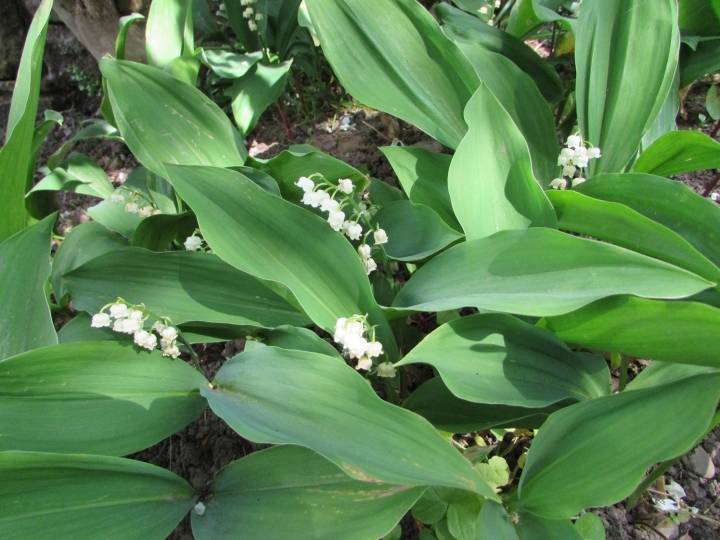
















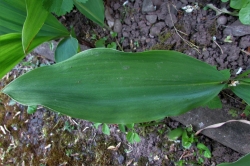
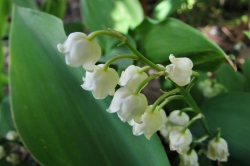
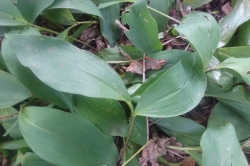
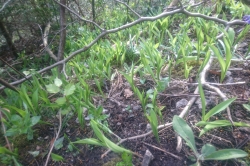
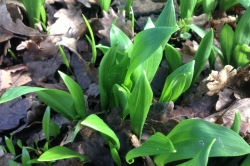





COMMENTS